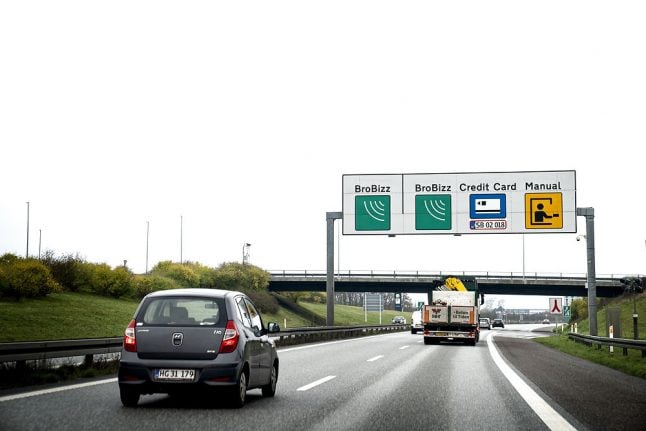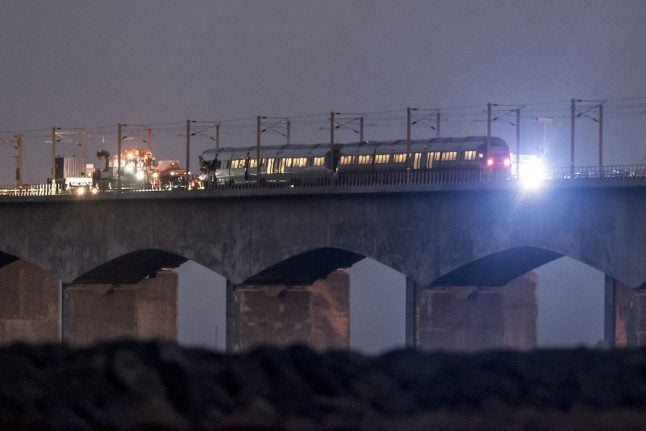Operating company Sund & Bælt has encouraged customers to get in touch if they have paid too much to cross the bridge, which connects Zealand with Funen.
The problem, first reported by Fyens Stiftstidende, stems from number plate recognition or used of the BroBizz payment tag.
Payment equipment has in some cases incorrectly registered the size of some vehicles using these payment forms.
The issue first began occurring in December following the replacement of parts in the toll booths.
“We started in September and were finished close to a week before Christmas, changing the entire motor in the payment machine,” operations manager Palle Nygaard told Fyens.
“So there have clearly been a few teething problems, and one of those is that we not have classified (vehicles) quite as well as usual,” he added.
The exact number of incorrect classifications was unclear, but “a couple of percent each day out of 35,000 ends up being a fair few”, Nygaard said.
The Sund & Bælt operations manager told DR that “particularly, customers with very small cars have been charged a higher price than they are used to”.
A single journey in a private car of up to 3 metres in length should cost a toll of 130 kroner, while the toll for a car of 3-6 metres’ length is 245 kroner.
Customers who think they may have been overcharged can check the invoices or receipts they receive, for example via email for BroBizz users.
These will show the category for which tolls were charged.
“You should contact customer service (for a refund) if you find you have paid a different amount than you are used to,” Nygaard told DR.
“If you pay by card (at the bridge) and see that the price is wrong, you can press ‘help’ and get the problem fixed,” he added.
The company expects to fix the issue during the first quarter of 2020.



 Please whitelist us to continue reading.
Please whitelist us to continue reading.
Member comments